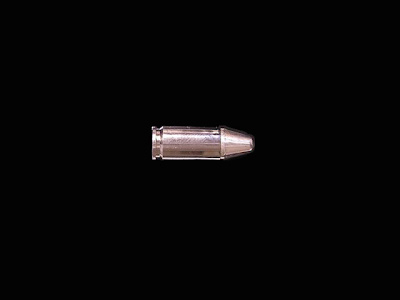
It would be a faint noise. A small thud followed by a rustle as it slid across.
That was ‘The Statesman’ being thrown by the vendor on to our verandah. I would be the first one to rush towards it, not so much as to read it but to pick it up and rush towards dad as if handing over a trophy. En-route I would indulge in the luxury of smelling the fresh waft of printed paper. Fortified with a cup of tea, Dad would then proceed to settle down in his arm-chair. A hushed, almost respectful, silence would descend in the room. After all, the master of the house was engrossed in a highly intellectual activity that demanded pin-drop silence.
But before one goes into the joys of reading a newspaper a quick thought on the ambience surrounding it.
First of all there was this armchair.
Boy!! What a piece of furniture that was. In many ways it symbolized the laid-back era of the sixties. It flourished long before houses shrunk, gardens vanished and those long verandahs disappeared. Then came the Flats, bringing along with them the concept of “itna-feet-by-utnaa-feet”. Armchairs like dinosaurs were doomed for extinction. And with it part of the luxury of reading also died.
Tea was an essential part of the newspaper. One simply did not go without the other. There was nothing better than a good invigorating “cuppa” along with the newspaper. Of course if you came from South then there was a slight variation. The paper from “The Statesman” became “The Hindu”, the tea was replaced with filter coffee and the cup with a steel tumbler.
Apart from the beverage, cigarette was a necessary evil that followed intellectual pursuits. It probably brought a gravity to the entire proceedings. You could read a few lines and then puff out the smoke and watch it meander across the morning breeze. The pipe was better but was rare. There were numerous theories against it. From being a sin to causing heart attacks cigarette was (and is) at the core of every disease. But heck who cared. The Marlborough man was right. Freedom of Choice came before anything else.
In the Berhampur of the sixties and seventies a newspaper probably symbolized much more than news. It was a window to the outside world. Devki Nandan Pandey and Ramanuj Prasad Singh with their Hindi news at 9 in All India Radio was the other window. Almost everything we read was like gospel. We never doubted its authenticity. “Arre bhai paper mein chap gaya” was phrase that was never contested. Chapa hai toe sahi hai, was the principle.
My own journey from smelling the newsprint to actually reading the newspaper started from the sports page. The pictures of Farookh Engineer, Pataudi or a Solkar diving full length at forward short-leg were duly cut and pasted in a hard-bound register. A few editorial corrections were then carried out. For example when Sardersai scored a double century against West Indies (1971) his name would be scratched and replaced with Arun. It was a childhood fantasy but it gave a kick to read out aloud “Arun Caught Findlay bowled Holder- 212.” Things became better when the “edited” score card read – Sobers caught & bowled Arun 13.
Next on line was probably page two or maybe four. That’s where comic strips, join the dots (and discover a swan, a star or a flower!!) and colour the pictures were to be found. Then of course there was this Junior Statesman where the artistic wizardry of Desmond Doig spun out awe inspiring imagery making us feel like the Harry Potter of the seventies. My memory is dimmed. But you could do this and could do that, colour something here and something there and become part of the Benji club. You could then be a proud owner of a colourful badge that you could pin it on your shirt.
With age one gradually progressed to the front page political news and finally the edit page. Reading a Statesman editorial and be able to discuss this with your friends was a sure shot symbol of having ‘arrived’ intellectually.
Then came Emergency and the electoral defeat of Indira Gandhi. Newspapers and Magzines were churned out in large numbers. There was more colour, more pages and more content. With Asiad in the eighties the era of colour TV began. We saw with wonder as Hum Log and Nukkad unfolded as did The World this Week on DD. But very soon channels multiplied like rats. Serials became saas-bahu tearjerkers and news in a 24 X 7 format became live shows. News, like most things in the new emerging India became a commodity - an item that had to be sold. And therefore an item that had to be packaged and served hot. A new rat race had begun.
Today, in this bazaar I don’t know whom to believe. The dividing line between politics and journalism and between a journalist and a businessman all stand blurred. At risk is not just a nostalgic lifestyle of the sixties and the seventies but the entire credibility of the product itself. Is there an hidden agenda behind the “news” is what worries every reader. Has the fourth estate itself crumbled? Has the watchdog of democracy itself become a Brutus ? Is Wikileaks the saviour? Is this mask ripper another devil in the garb of an angel?
While positions will be taken to suit one’s own convenience, I note with sadness that my own little world is dead and gone. I don’t mind the demise of the armchair or the absence of the leisurely pace of the sixties. It is the death of credibility and the death of my own innocence that pains me most.
Somebody changed my news did I say?
Sorry, somebody just killed it.





